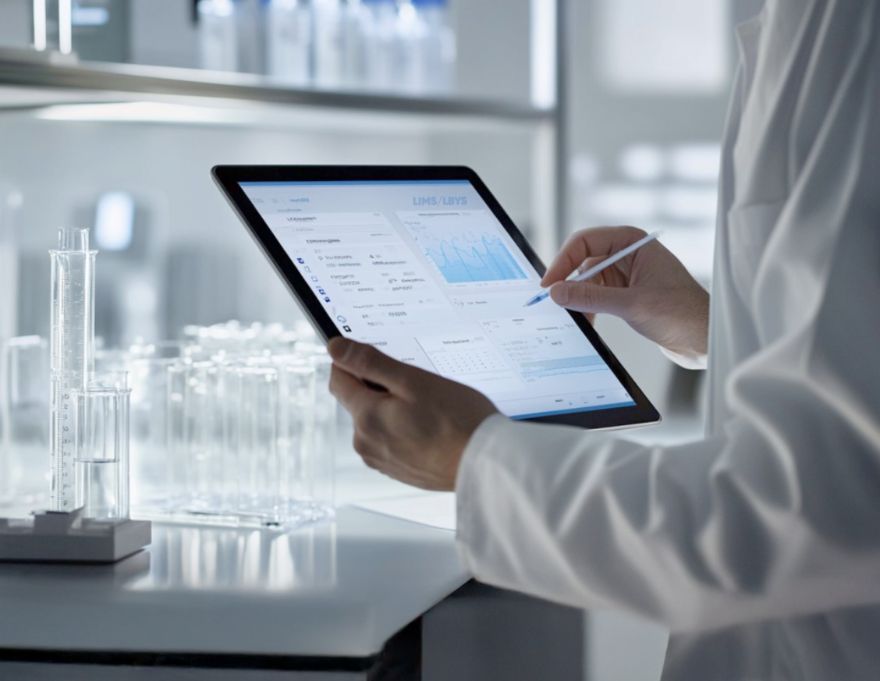
Analysis, Method, Protocol and Work Order Management Module ensures that all analysis processes carried out in the laboratory environment are managed in a standardized, traceable and error-free manner. Analysis types, methods to be used and application protocols are defined on the system to ensure consistency in analysis. Work orders are assigned to the relevant personnel and each step is recorded in the system; thus, responsibilities become clear and processes become transparent.
This module is fully compatible with quality standards such as GLP, ISO 17025 and FDA 21 CFR Part 11. Quality assurance processes are accelerated and the risk of error is minimized thanks to automatic notifications, timing controls and deviation notifications based on analysis results. It digitizes the analysis processes of laboratories and increases operational reliability and data integrity.
